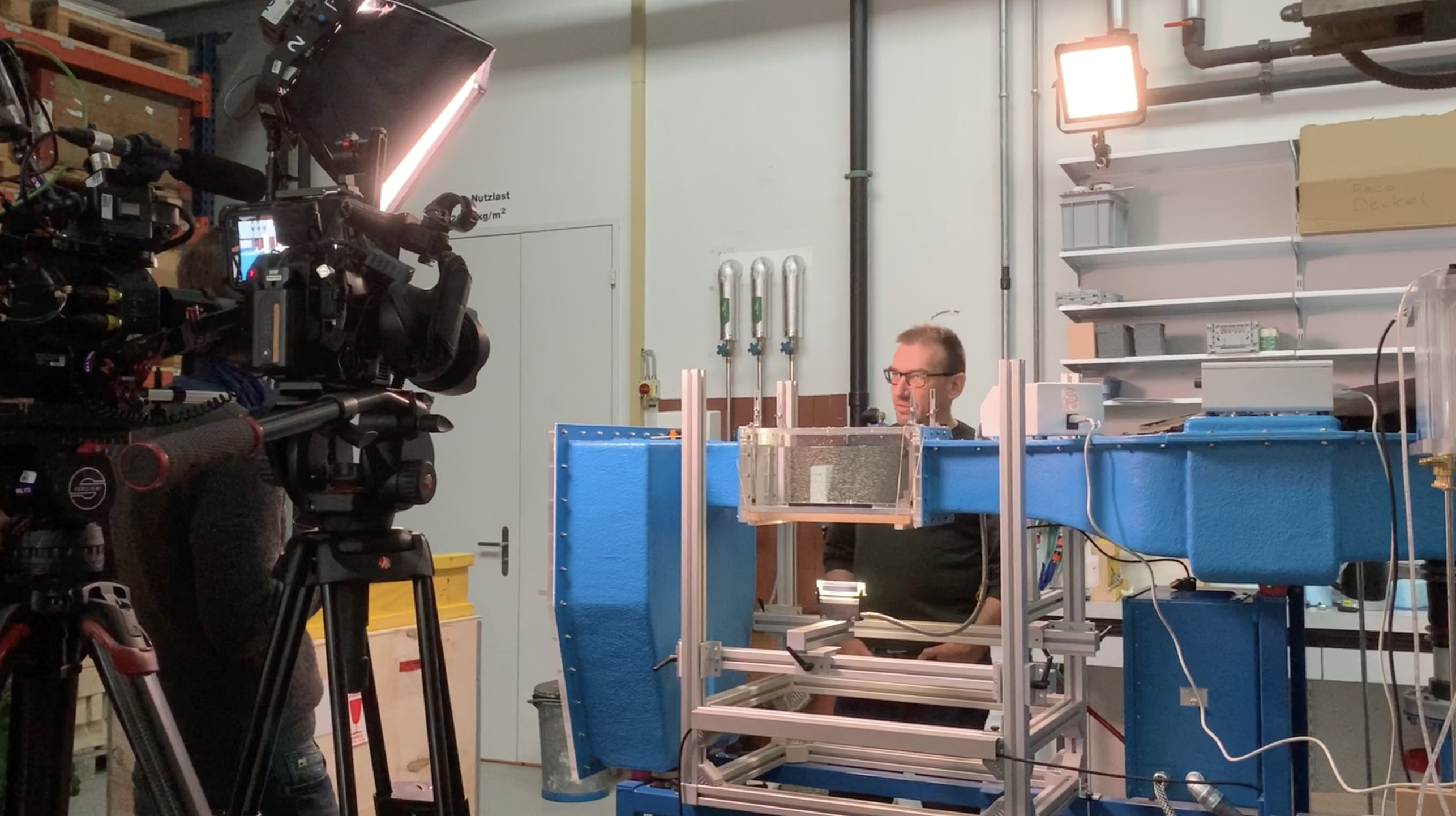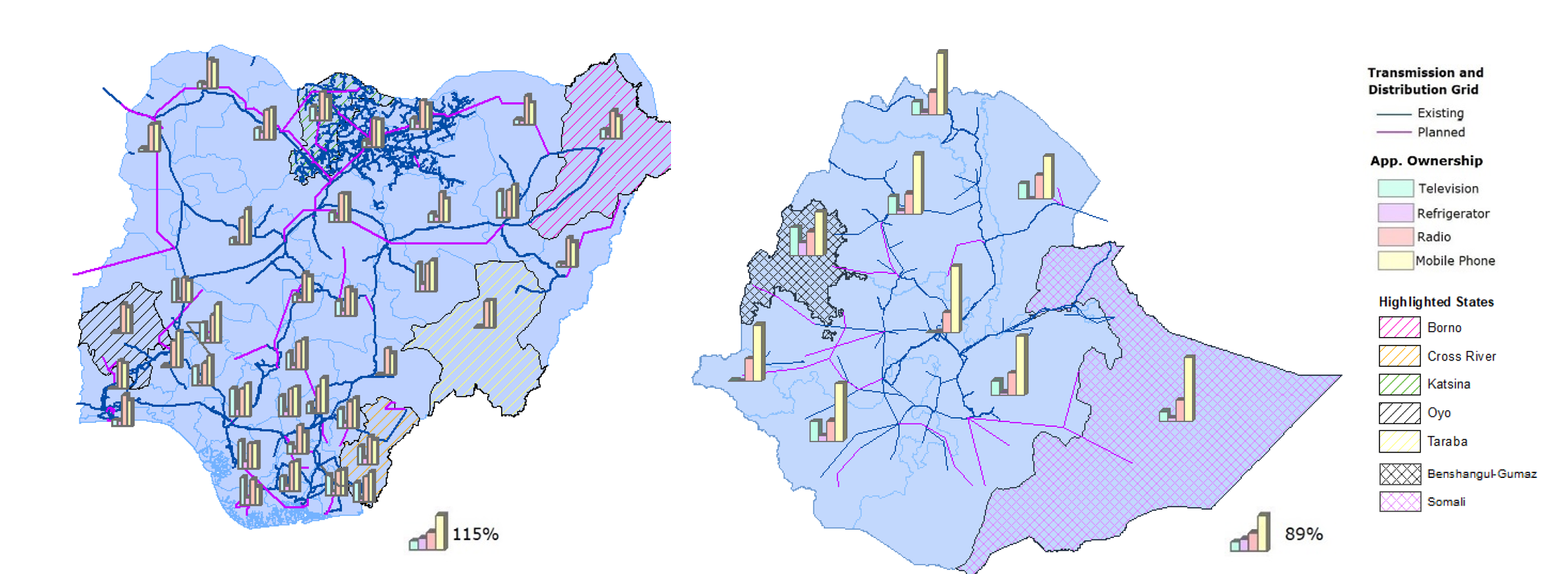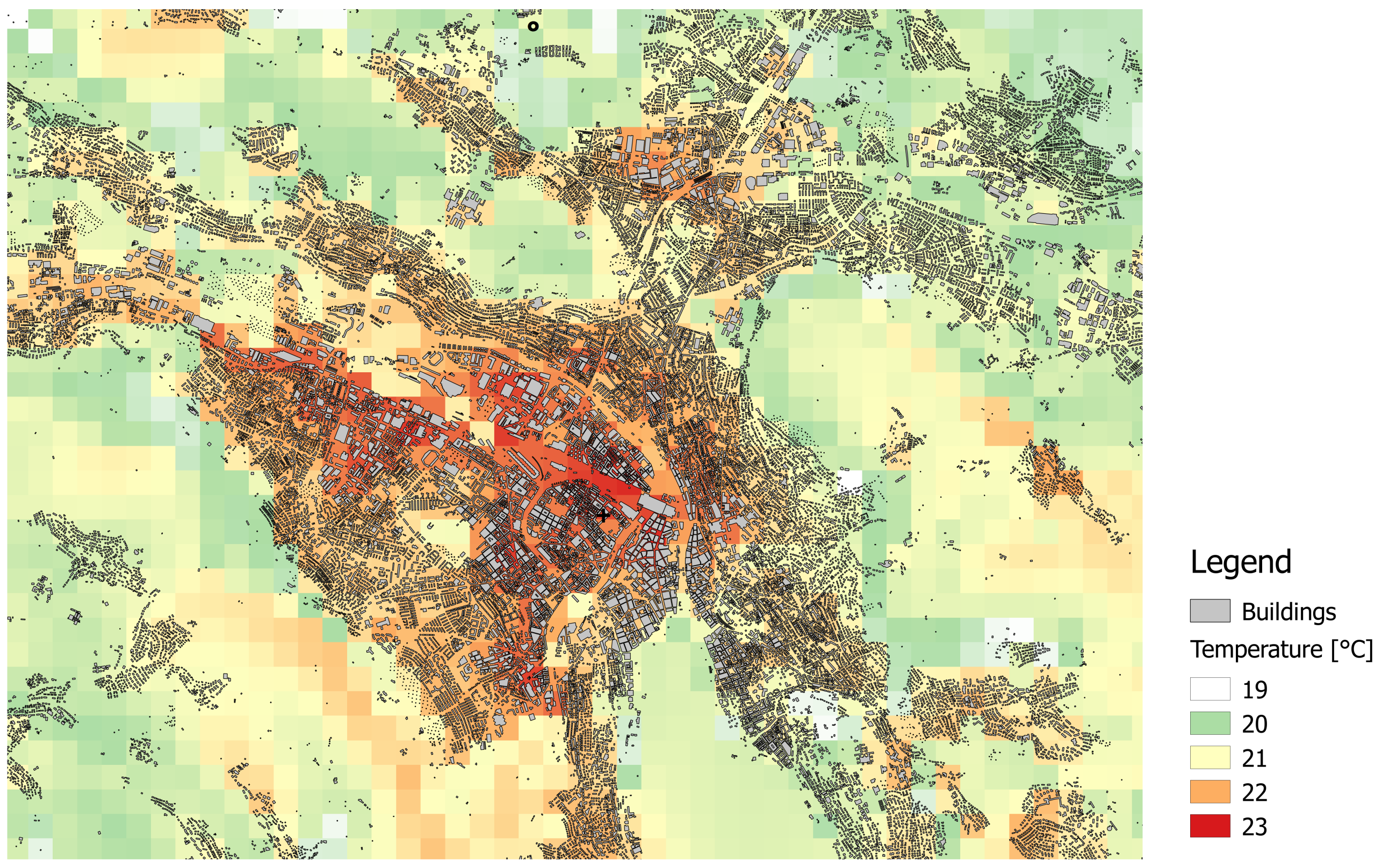News & Events
Congratulations!
ETH medal 2020 for Mingyang Chen

Mingyang Chen has been awarded with the ETH medal 2020 on nomination by the Department of Mechanical and Process Engineering for his dissertation ‘Sorption induced deformation of nanoporous materials’.
Mingyang Chen was PhD student and postdoc at the chair of Building Physics from June 2015 until February 2020.
He has now a SNF early Post-Doc Mobility fellowship at the School of Mechanical and Aerospace Engineering at Nanyang Technological University in Singapore on the project ‘Multi-scale modeling of hydration and water transport in highly deformable hierarchically structured hydrogels’.
Krank vor Hitze? Wie das Klima unsere Gesundheit verändert

A 45-minutes documentary on MDR-FERNSEHEN on the topic of climate change and its impact on our health. How is the Chair of Building Physics working towards this scenario.
external page Link to the Documentary
Presentation at NSB 2020 Building Physics conference, Tallinn
Professor Jan Carmeliet explains the smart wetting technologies for building materials, to mitigate local heat islands using evaporative cooling. The video has been presented on the 07.09.2020 at NSB 2020 in Tallin, Estonia (online).
Multiscale Zoom into Moisture Sorption and Fluid Transport: a step towards design of new porous materials.
Keynote Speech at NSB 2020
Hitze in der Stadt on SRF

Two members of the Chair of Building Physics, Aytaç Kubilay and Andreas Rubin, explain the Urban Heat Island effect and present research that is performed at the chair regarding Urban Heat Island mitigation in the upcoming broadcast of SRF-Einstein on “Hitze in der Stadt”. The broadcast took place Thursday 25. June 2020 on SRF I.
external page Link to the SRF-Einstein page

Due to the spread of the coronavirus, ETH Zurich has switched to emergency operation. Starting on the morning of Friday, 20 March, all ETH Zurich buildings will be closed, until further notice.
Due to these measures, the lectures given by the Chair of Building Physics, for the current courses of the Spring Semester FS2020, have been moved online.
This change involves the following courses:
151-8002-00L Bauphysik I: Wärme und Akustik FS2020
151-8004-00L Building Physics III: Building Energy Demand and Urban Physics FS2020
Students are expected to follow regularly the courses through Moodle to prepare for the examinations.
The lectures will be progressively uploaded, according to the official lectures calendar.
You have to be subscribed to the course, to have access to the Moodle dedicated space at the following Link.
Modelling appliances ownership to project the energy demand of rural households in developing countries
Rural electrification projects are mostly listed as a priority in developing countries due to the numerous benefits it brings to improve people’s quality of life, such as increasing their economic productivity, avoiding premature deaths due to household air pollution, and increasing the study hours for children. That is why ensuring access to affordable, reliable, sustainable and modern energy for all was listed as one of the Sustainable Development Goals proposed by the United Nations in 2015. To improve the planning and design of these projects, it is essential to have an accurate knowledge of the electricity consumption in those areas, which nowadays is done based on rough estimations from knowledge transfer, or by implementing models that ask for specific information of the site as input. Due to the lack of records from these areas, this information can be only obtained while performing on-site data collection, but it makes it unattractive to investors due to the large investment of economic and time resources that this process requires.
While rural areas are characterized by having low income per capita and consuming low amounts of energy compared to urban areas, national household surveys present evidence of their electrical appliances ownership even when they are reported to have limited or no electricity access at all. This fact gives a sight of the potential of using these data to estimate their electricity demand, as well as potential sites for the future application of electrification projects.
Cristina Dominguez, an ETHZ doctoral student affiliated to Empa, developed a data-driven methodology that aims at supporting project developers in their planning and design processes by applying a statistical and high spatial resolution approach. For this, data from more than 1,100 rural household samples from Nigeria and Ethiopia was used for implementing a case study for each country at household, state and national scale. These data are obtained from the Living Standard Measurement Study (LSMS) held by the World Bank. It contains information at a household level that aims to support policymakers in developing countries; while it is not focused on the energy sector, it includes detailed data from a broad geographic scope that can be used for this research purpose. The collected data is then correlated using the multiple linear regression (MLR) method, creating a model for each of the appliances to be analyzed: televisions, radios, mobile phones, and refrigerators, which based on past studies, are some of the most commonly used appliances in rural areas. The study found that these models depend on different variables at a household level, such as the number of people in the household, the proximity of the household to a major road, and electricity access; as well as on specific information of the household head (age, literacy, religion, and employment situation). The ownership of high power consuming appliances (televisions and refrigerators) mostly depends on the electricity access of the household. While the ownership of low power consuming appliances (radios and mobile phones) depends on more specific household head aspects, such as his employment situation and if he is a religious.
From the results, it is interesting to highlight how having a religion in the rural areas of both countries has a negative correlation with the household size, the education level and employment situation of the household head. The results presented overall average prediction errors of 27.3%, 15.8% and 4.75% at household, state and national scale, respectively. In both countries, it is observed that the ownership for televisions and refrigerators are concentrated in the regions with the highest electrification rates. However, in the case of the mobile phones and radios, the ownership values are more disperse and they are not necessarily located in places where the electrification rates are higher. This is attributed to the fact that these two small appliances are economically accessible to almost anyone and they do not consume a high amount of electricity.
The appliances ownership are projected using Geographic Information Systems (GIS) country maps and projections of the existing and planned electricity grid (for 2020-2025) as an example of finding the potential areas to be listed as priority for future electrification projects.

For Nigeria, the states with the lowest ownership of high power-consuming appliances (televisions and refrigerators), the infrastructure of the national grid is poor (as it happens in the states of Taraba and Oyo, for example). There are exceptions, such as the case of Borno, which has a relatively high ownership of televisions and refrigerators but the national grid is not well developed in this area yet. The states mentioned have rural electrification rates ranging from 10-30% (with the exception of Oyo). In the case of Cross River and Katsina, some areas of these states have a good connection to the national grid; however, almost 50% of their rural population is not connected. Moreover, it is shown that these households own a relatively high amount of televisions and refrigerators. For Ethiopia, it can be easily noticed that the state of Somali lacks of electricity network infrastructure (having up to 10% of rural grid connection), while it is presented that these households own large appliances (televisions and refrigerators). This is also the case for the state of Benshangui-Gumaz, which shows the largest television ownership with 38%, and refrigerators with 18%, while still approximately 64% of the rural households do not have a grid connection.
The geographic information presented in this study can give an insight of the potential electrification solution is the most appropriate for each of the highlighted states from the countries analyzed in this study. This work is published in the International Journal of Energy Planning and Management where you can find on external page https://doi.org/10.5278/ijsepm.2564.
Urban Heat Island during the latest heat wave
The urban heat island effect during the recent heat wave event in June 2017 in Zurich has been investigated using high resolution modelling and urban observations. The city was found to be up to 6 degree warmer then rural surroundings. An accurate air temperature map has been produced in order to identify local hot spots and design mitigation measures.
Artificial fruit sensor developed
On the long journey from the fruit plantation to the retailer's shelf, fruits can quickly perish. In particular, the refrigeration inside the cargo containers is not always guaranteed and existing methods for measuring the temperature are not sufficiently reliable. A new sensor solves this problem. It looks like a piece of fruit and acts like a piece of fruit – but is actually a spy.

